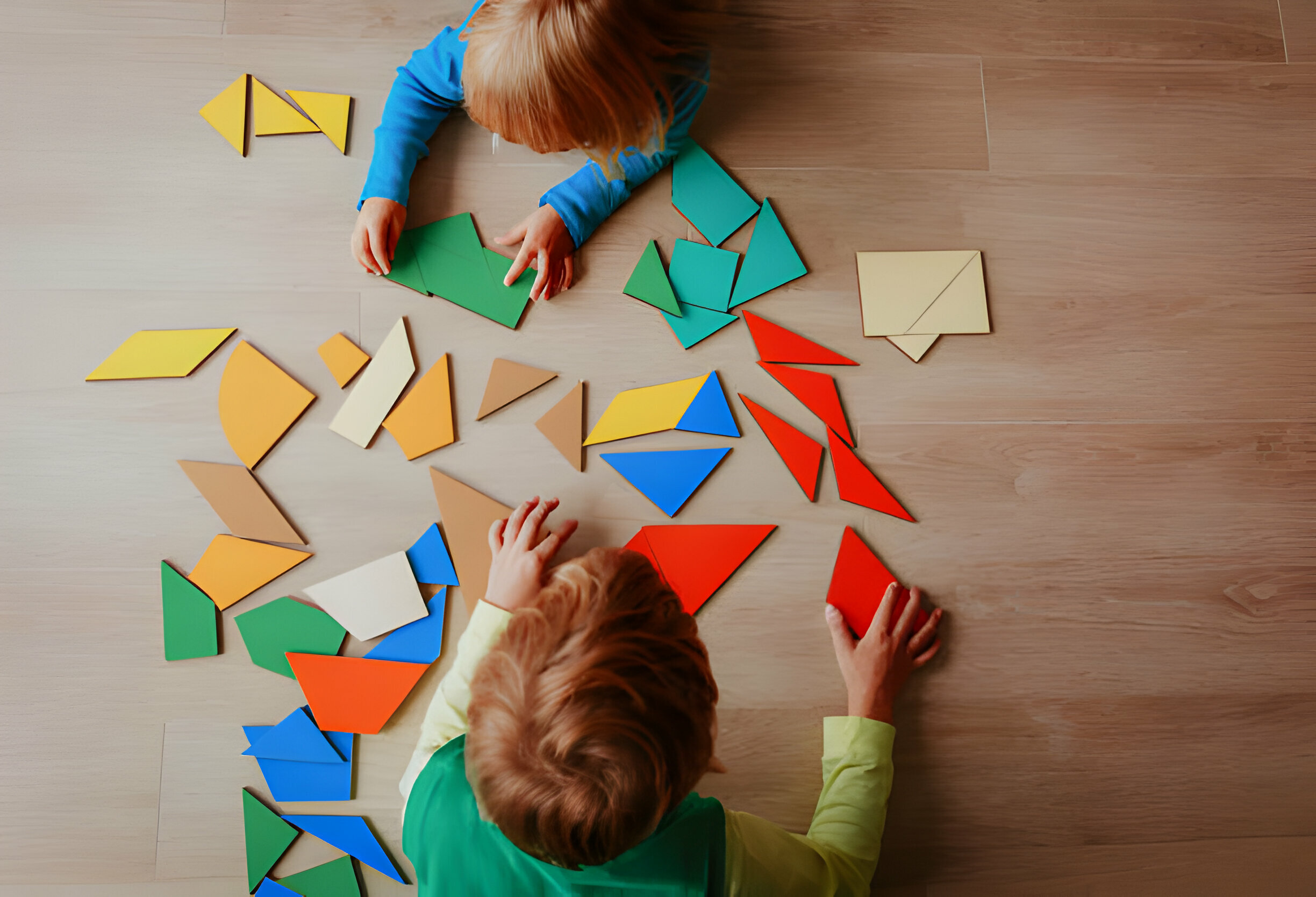Looking for the best Geometry Spot Games for kids? This article reviews the top 6 shape spot & spatial reasoning games that teach geometry concepts like symmetry, and fractions & more through hands-on play.
Geometry and shapes are all around us. From the buildings we live and work in, to the artwork we enjoy, geometry forms the backbone of our world. For children, learning about shapes and geometry provides an important foundation for math, science, and logical reasoning skills. Making geometry fun through games keeps kids engaged and makes the learning stick.
Here are our top 6 picks for geometry spot games that help kids identify shapes, understand spatial relationships, and develop critical thinking skills:
1. Spot It! Shapes
Spot It! Shapes is a fast-paced game where players race to spot matches between cards. Each colorful card contains different shapes in different positions and orientations. Players try to quickly spot the single matching shape between two cards. With multiple shape attributes like color, size, orientation, and more, no two cards are ever alike! This game helps reinforce shape names and attributes in a lively round of visual pattern matching.
Read Also: Elder Brithvar Baldurs Gate 3
2. Set
The award-winning Set card game is all about spotting spatial patterns. The deck contains cards with simple shapes, colors, shadings, and numbers of shapes. To make a SET, players need to spot three cards where each feature is either all the same OR all different on each card. With fast gameplay and pattern variation, SET strengthens visual discrimination, logical thinking, and flexibility of thought.
3. Tangrams
Tangrams are ancient Chinese puzzles where seven geometric shapes are used to form silhouettes of animals, people, and objects. Tangram challenges encourage spatial reasoning skills as players visualize how pieces fit together and rotate to form the desired shape. Tangrams come in hands-on shape blocks or in a variety of digital apps where touch and drag make the puzzles come alive.

4. Pattern Block Puzzles
Hands-on pattern block puzzles invite kids to arrange colorful shapes to match design cards. Shifting hexagons, trapezoids, squares, and triangles fit together like pieces of a tangram. As kids rotate, flip, and position the pieces to recreate images, they gain experience with geometric spatial relationships, fractions, and proportions in a tactile way.
5. Blockometry
Blockometry combines hands-on blocks with digital challenges. Kids build shapes, stacks, and towers with plastic blocks equipped with digital sensors. An app provides clues about what structures to build and tracks the child’s progress on spatial challenges. With over 36 digital puzzles, Blockometry uses embodied geometry play to teach 3D spatial skills.
6. Geoboard by Math Learning Center
The digital Geoboard app brings the classic pinboard geometry tool to tablets. Kids place virtual rubber bands around pegs on a grid to form lines, shapes, and angles. The highly visual interface allows experimentation with symmetry, perimeter, area, fractions, and more. With a handy tracing feature, this digital manipulative turns abstract concepts into accessible, hands-on learning.
Geometry spot games take shape, pattern, and position identification and make it fun. With a mix of digital and hands-on options, there are many engaging ways to give kids a solid sense of geometry. As children explore visual and spatial relationships through play, they build a foundation of math concepts and logical thinking to draw on for years to come.
Final Answer
Geometry shapes our world in many ways, big and small. Cultivating strong visual discrimination and spatial reasoning skills in children provides them with a vital foundation for math achievement, logical thinking, and problem-solving. Geometry spot games that keep kids engaged, thinking, and hands-on with shapes make for powerful learning. With a multitude of dynamic digital and hands-on shape games now available, geometry can be interactive, enjoyable, and impactful. When kids have fun playing and experimenting with shapes, their spatial skills will grow – and so will their potential to shape the world.
